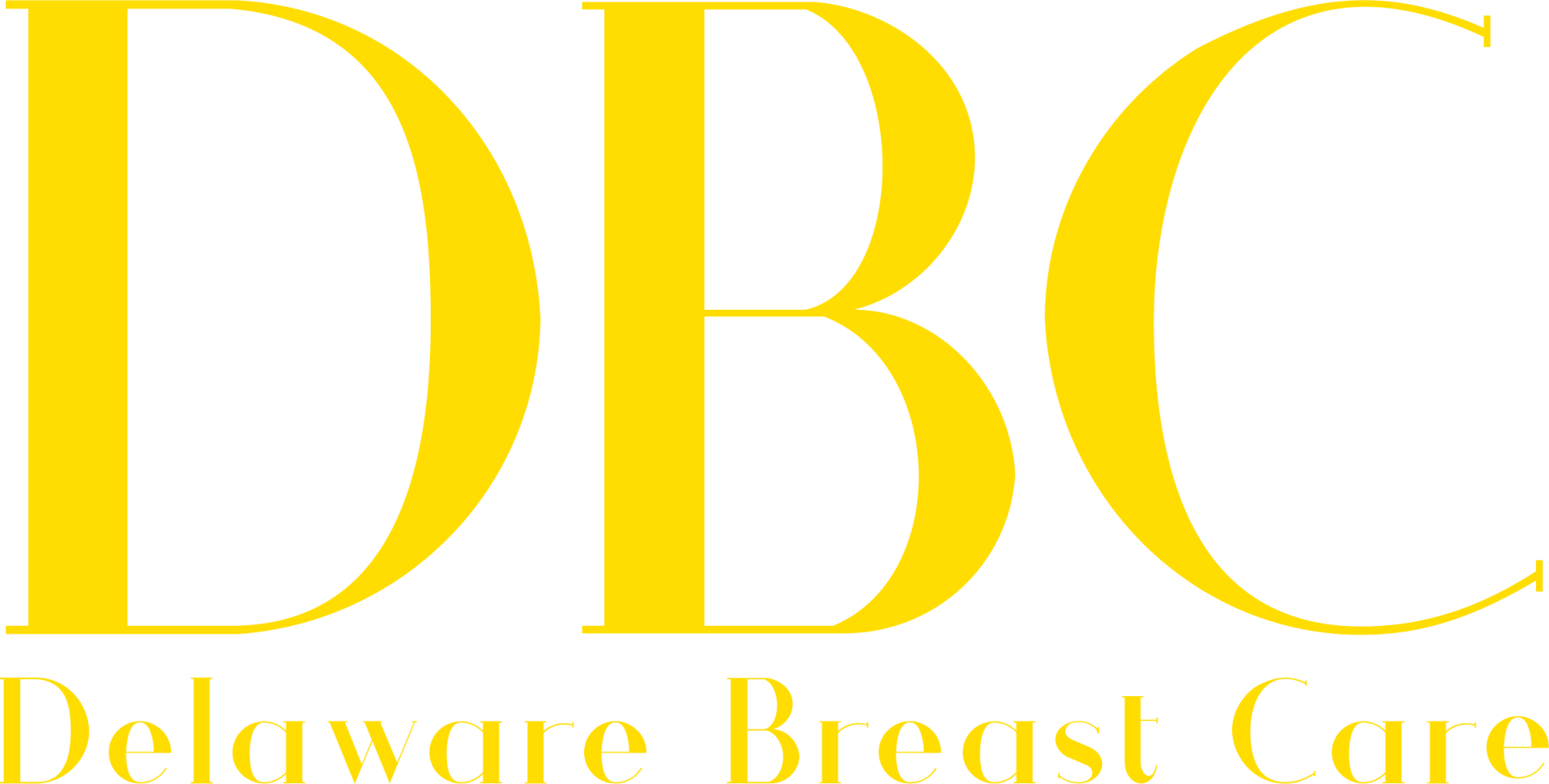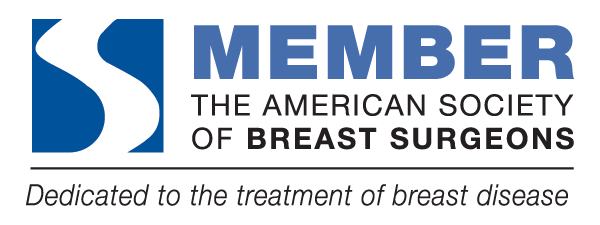DBC News
For Patients:
DBC NEWS
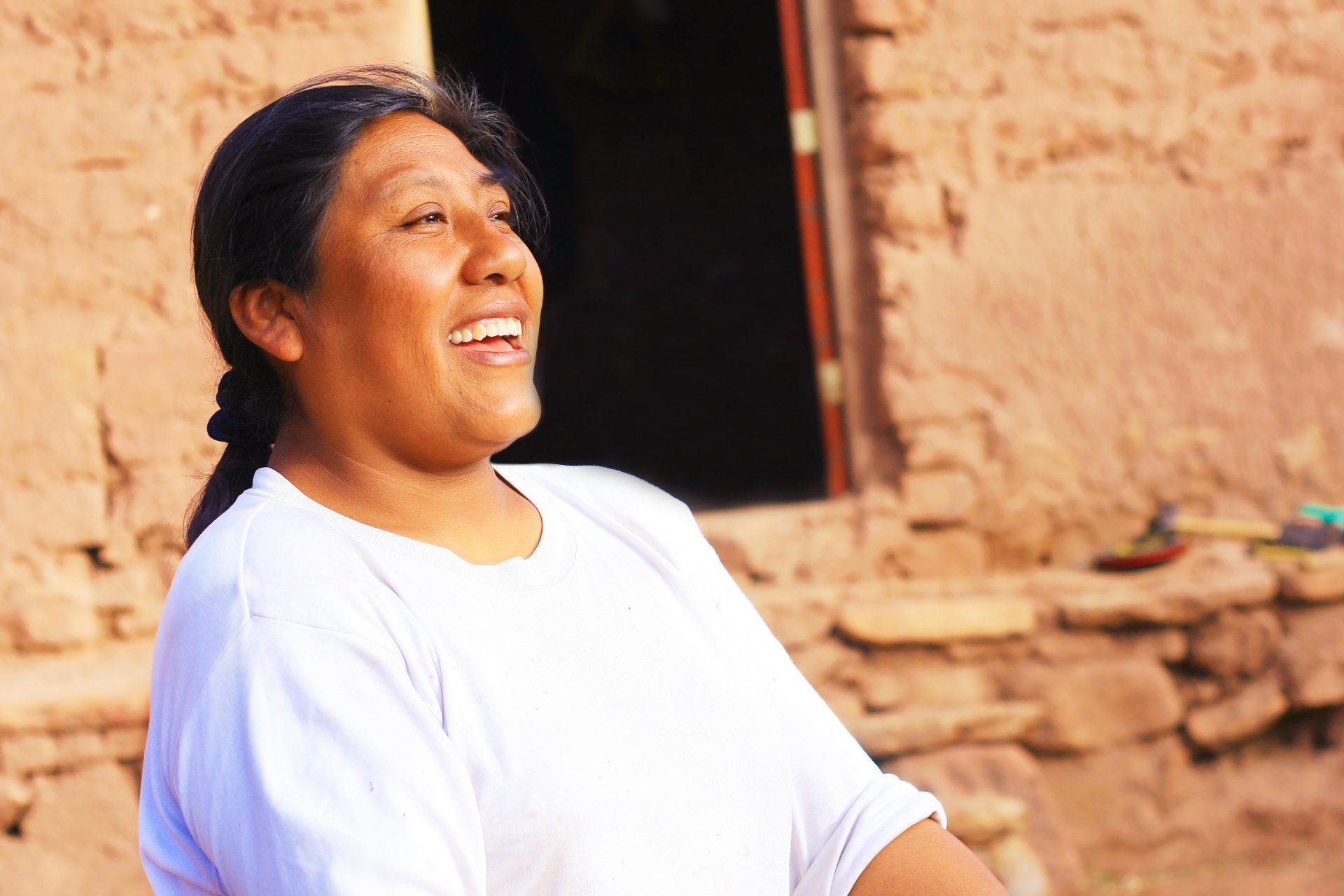
15 Apr, 2020
There is an increasing amount of data showing associations between ethnic heritage and the risks for specific types of breast cancer. Scientists are discovering some genetic differences between ethnic groups that may increase or decrease the risk of breast cancer subtypes. A study published by the journal Cancer Research in April 2020, brings to light more information about women with indigenous American ancestry. Two databases – one from Peru and one from Colombia and Mexico – were created to evaluate risk factors and to follow the outcomes of women with breast cancer in those countries. Each woman was evaluated for numerous factors, including her ethnic ancestry: testing of her DNA was performed to determine the specifics of her heritage. The researchers found that the amount of indigenous ancestry that a woman had was a risk factor for having HER2 receptor positive (HER2+) breast cancer. The more indigenous ancestry she had, the greater her risk for her breast cancer being HER2+: in Peru, for every 10% increase in indigenous ancestry, odds of having HER2+ disease increased by a factor of 1.19. For women in Mexico and Colombia, the odds of having HER2+ disease increased by a factor of 28% for each 10% increase in indigenous ancestry. What does this mean? Dr. Quarterman says: “Women with indigenous ancestry – commonly referred to as nonwhite Latina/Hispanic women – have reduced overall risk of breast cancer compared to white women. However, when Latina/Hispanic women have breast cancer, they are more likely than white women to die of their disease. It is important for us to know this, and it is important to try to understand why. “The reasons that Latina/Hispanic women with breast cancer have worse outcomes than their white counterparts are multiple. Overall health, healthcare access and other health conditions play large roles in breast cancer outcomes. Knowing that, for some women, there may be a genetic connection to their breast cancer does not necessarily change how we treat them. But the knowledge does enhance our understanding and improves the education of our patients and their families. Furthermore, down the line, therapies may be created to treat these women more effectively.” RESOURCE: https://cancerres.aacrjournals.org/content/early/2020/04/01/0008-5472.CAN-19-3659
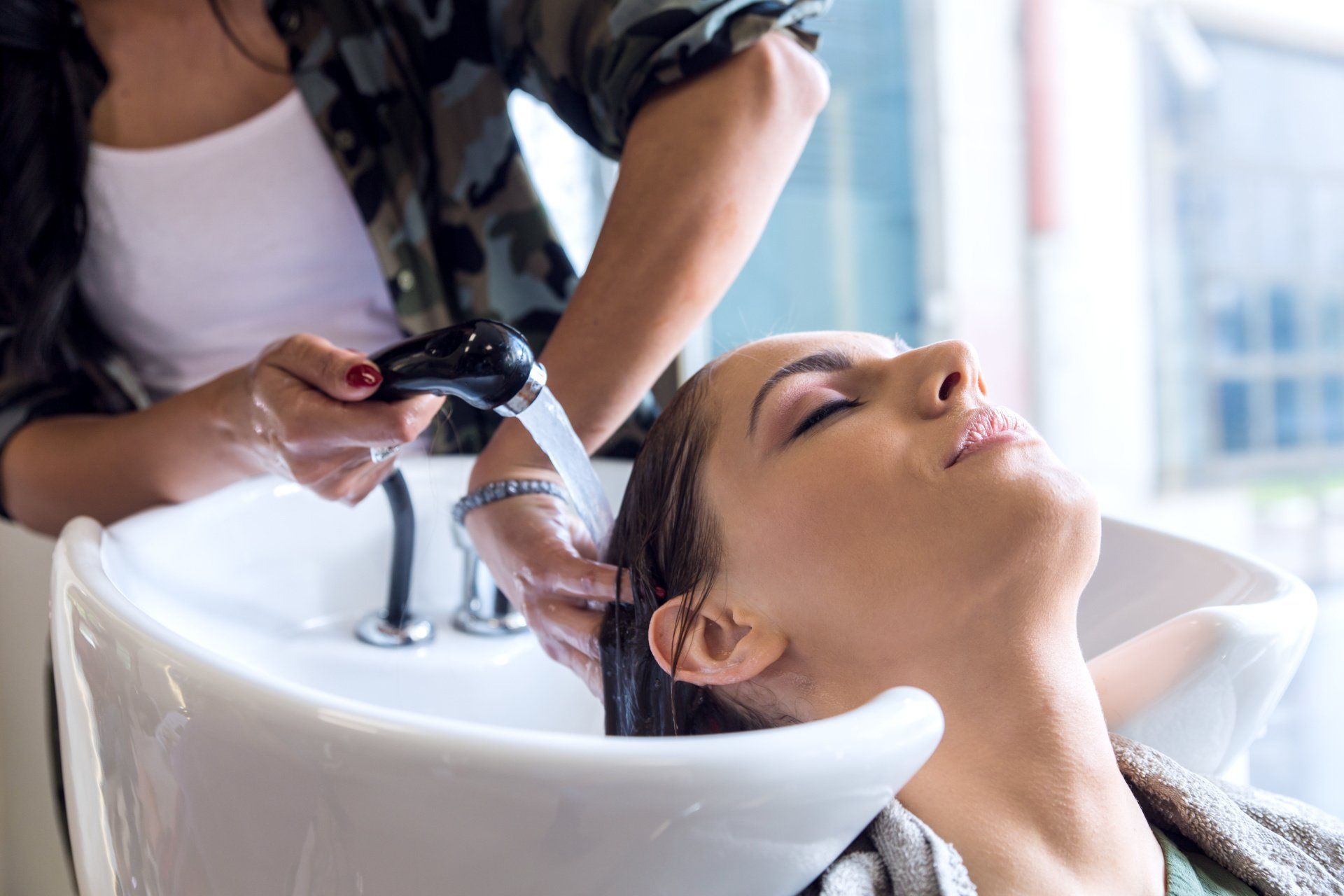
By Renée L. Quarterman, MD, FACS
•
29 Jan, 2020
A recent study evaluated the risk of breast cancer among women who use hair dyes and chemical hair straighteners. Women aged 35-74, who had a sister with breast cancer but were cancer-free themselves, were evaluated. Well over 46,000 women participated. At the time of study enrollment, they were asked about their hair product use over the past 12 months. They were then followed for over 8 years and new cases of breast cancer were recorded. Approximately 55% of the women reported using permanent hair dye. This was associated with a 45% higher risk of breast cancer among the black women and a 7% higher risk of the disease among white women. The risks increased with increased frequency of hair dyeing. For the black women, both light and dark hair dyes had the same effects on risk – women who dyed their hair at least every 5-8 weeks had a 60% greater risk of breast cancer compared to women who did not dye their hair. This was different for white women: only light hair dye increased their breast cancer risk, and only by 12% compared to women who did not dye their hair. Seventy four percent of the black women and 3% of the white women in the study reported using a hair straightener within 12 months of enrollment. When used every 5-8 weeks, hair straighteners increased breast cancer risk in both groups of women by 31%. And the more women straightened their hair, the higher their risk of breast cancer. Surprisingly, the study also found that women who were not professional hair stylists and applied hair dyes and straighteners for other women had increased breast cancer risks: 28% for using semi-permanent hair dye and 27% for using straighteners. What’s Dr. Q’s take on this study? “We know that hair dyes and straighteners contain many chemicals that can impact our health. It’s not too surprising that there may be a link between these products and breast cancer. But these women had sisters with breast cancer, so perhaps their personal experience with the disease was because of family history. They were at increased breast cancer risk in the first place. More studies on hair products and breast health will be helpful, particularly among women of average breast cancer risk, among all ethnicities. For now, with this study information, I would counsel my patients who are at increased risk for breast cancer that decreasing or eliminating their use of hair dyes and relaxers may be helpful for them.” RESOURCE: https://onlinelibrary.wiley.com/doi/epdf/10.1002/ijc.32738?referrer_access_token=CAxHleER0tAvbLH6FbWDVU4keas67K9QMdWULTWMo8N4v3ZOmabsczOLk9UPFn8NYxbj0kxwBqSFQYWJxbtah9oioMvjgU-iBiUuRNVJCjWVTtDbFmTuvyBFS_ieBUN-wWEMsxNlB6KNdgu2PFZvkg%3D%3D

By Renée L. Quarterman, MD, FACS
•
29 Jan, 2020
Medical providers are very familiar with the links between weight and health. Studies abound that show how being overweight, or obese, lead to poorer outcomes for many medical conditions. Breast cancer is no different. We’ve known for some time that excess body fat is linked to increased breast cancer risk as well as increased risk of breast cancer recurrence. But if a woman loses weight, can that reduce her breast cancer risk? A team of researchers has just provided some answers. Studies of over 180,000 women aged 50 and greater from the United States, Australia and Asia were examined. Their health data over a 10-year period was assessed. The researchers measured the rates of breast cancer as well as the women’s weights at the beginning of the observation period, halfway through and then at the end. More than 33% of the women gained weight, and kept the weight on, during the 10-year observation period. However, for the women who lost weight and kept it off, their breast cancer risks were lower. The more weight they kept off, the lower their risk was. If they gained weight and then lost it, their breast cancer risk went down. The relationship between weight loss and reduced breast cancer risk was more significant among women who were overweight or obese compared to women who were of normal or less-than-normal body mass index (BMI). What’s Dr. Q’s take on this information? “This is great news! Women over 50 tend to gain weight for several reasons – menopause being a major one. Weight loss becomes increasingly difficult for most women over time. Given the high percentage of overweight and obese people in this country, this has the potential to help a lot of people. This study gives patients and their doctors another reason to work hard at attaining a normal BMI: if they lose weight, they will reduce their breast cancer risk. Also, this tells us that if women regain weight, they should not be discouraged. As they lose the weight again, they will reduce their risk of breast cancer.” RESOURCE: https://academic.oup.com/jnci/advance-article/doi/10.1093/jnci/djz226/5675519

By Renée L. Quarterman, MD, FACS
•
27 Jan, 2020
It may not be surprising to you that women of different financial status have different experiences with breast cancer. A recent study in JAMA Oncology looked at over 177,000 American women who had been diagnosed with breast cancer between 2010 and 2016. Their cancer stages (how far along the cancer was) at diagnosis were compared. Fewer than 2% of the participants were uninsured or covered by Medicaid. Researchers found that more of the women with no insurance or Medicaid presented with advanced breast cancer compared to the women with private health insurance. This implies that women with fewer financial resources were more likely to present to the doctor when their breast cancers had grown beyond the breast (involving lymph nodes or other areas of the body). Women with greater financial resources were likely to present when their breast cancers were at earlier stages. One reason could be that these women had easy access to education about breast cancer screening, as well as easy access to screening mammography. The study also looked at the ethnicities of these women. Compared to white women, black women were 46% more likely to present with advanced breast cancer. American Indian or Alaska Native women were 31% more likely to present with advanced disease. Latina women were 35% more likely to have advanced cancer upon presentation. So, women with fewer financial resources and women who were not white tended to have advanced breast cancer upon presentation. Are these differences because women of color are more likely to have fewer financial means and therefore less – or delayed – access to healthcare compared to white women? The investigators answered that question by adjusting their outcomes based upon insurance status. When women across ethnicities with the same insurance status were compared to each other, the differences in outcomes were reduced: Black women were 29% more likely to present with advanced disease compared to white women. American Indian/Alaska Native women were 11% more likely and Latina women were 17% more likely. This suggests that economic status did play a large role in the breast cancer picture, but it was not the only factor. Particularly among black women (35% vs 29%), there appear to be other contributors to their advanced breast cancer picture. What does Dr. Q think? “This study reinforces two issues that the medical community continues to discuss: economics and ethnicity in health outcomes. For breast cancer, women with lower incomes tend to have less access to screening mammography and less educational information about breast cancer. Therefore, they are at risk for having worse outcomes from the disease. It is important that we continue to conduct outreach and education to encourage all women to advocate for themselves and seek out breast health maintenance. Many hospitals and other programs offer reduced fee or free breast cancer screening, and these services are invaluable.” “Regarding ethnicity, this study emphasizes that there are underlying biological differences among different ethnic groups that influence their breast cancer experiences (although things like family history and environment are also important influences). Research must continue about this. Groups at increased risk for advanced breast cancer should be actively engaged in order to keep their breast cancer screening up-to-date and to offer them risk-reducing strategies when available and appropriate.” RESOURCE: https://jamanetwork.com/journals/jamaoncology/article-abstract/2758266
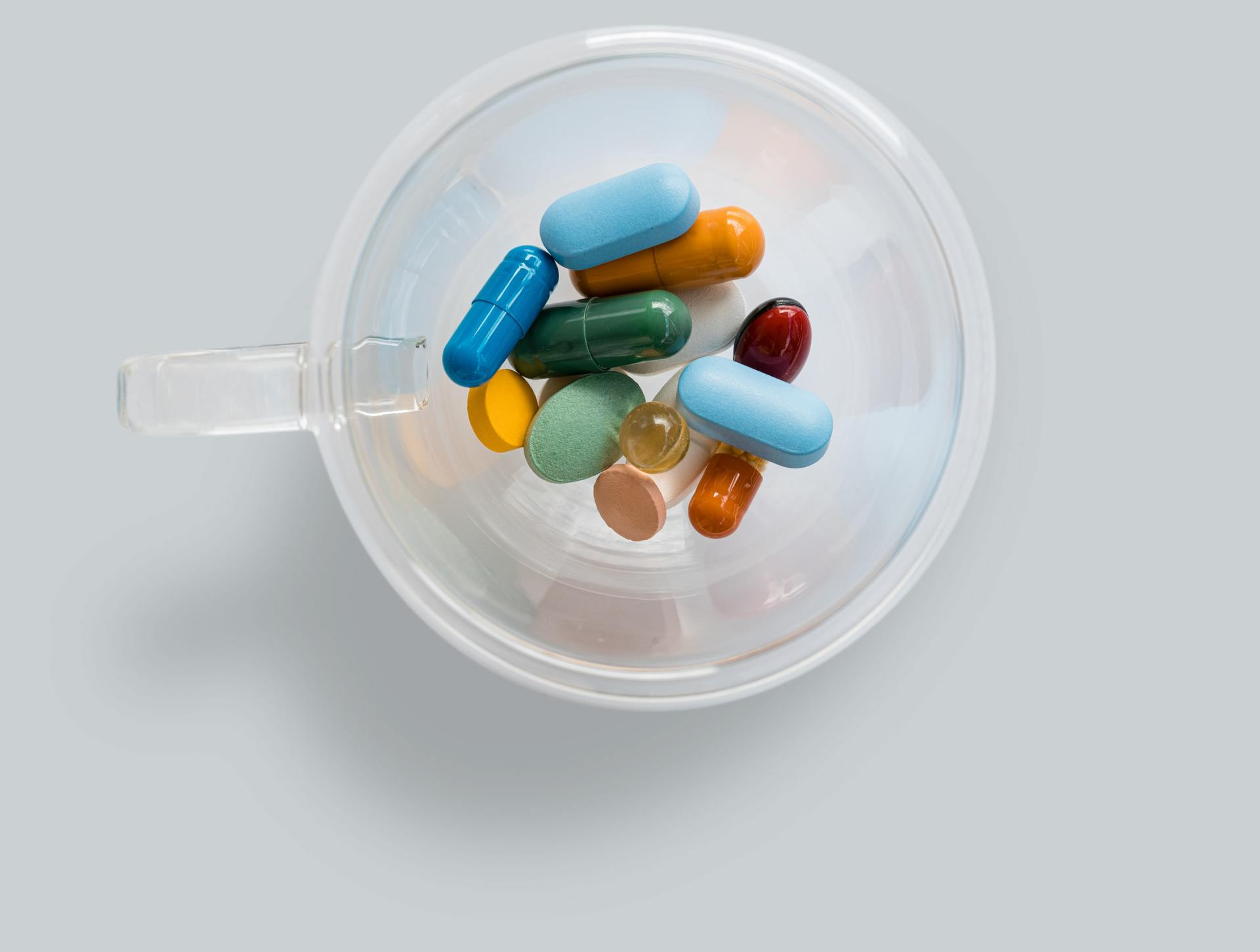
By Renée L. Quarterman, MD, FACS
•
13 Jan, 2020
Researchers have just discovered a new link between dietary supplements and breast cancer. This study evaluated women with breast cancer who were receiving chemotherapy. Over 1,000 women were followed over time. Twenty percent of them reported taking dietary supplements prior to starting chemotherapy, and 13% of them reported taking supplements while on chemotherapy. the reported supplements used included carotenoids, omega-3 fatty acids, Coenzyme Q, vitamins A, B12, C and E and iron. al women were followed for breast cancer recurrence and mortality (death). Compared to women who did not take supplements, the women who took dietary supplements were 41% more likely to have breast cancer recurrences. They were also 40% more likely to die before the end of the study period. Iron, Vitamin B12 and omega-3 fatty acids were associated with the greatest risks of recurrence and death. It is important to note that multivitamins were not associated with these differences. What does this mean? Physicians have known for quite some time that antioxidants can improve overall health by reducing cell damage. However, during chemotherapy, we often advise our patients to stop using these dietary supplements. Chemotherapy works by damaging cells and the protective effects of supplements may hinder chemotherapy's actions. This study provides evidence of that theory. More research, with larger groups of women, will help flush out the association between specific dietary supplements and outcomes with chemotherapy. Resource: https://ascopubs.org/doi/10.1200/jco.19.01203
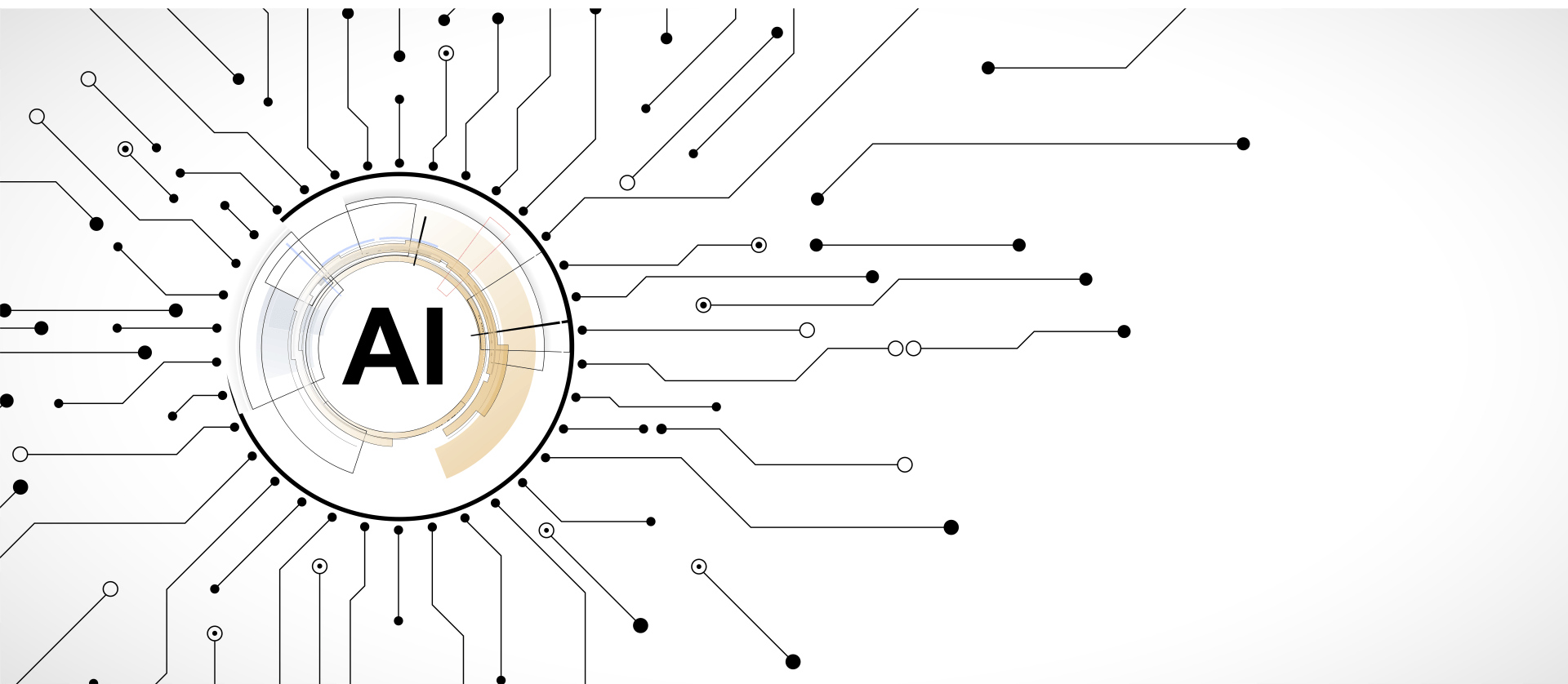
By Renée L. Quarterman, MD, FACS
•
03 Jan, 2020
You may have heard about recent studies showing that computers using artificial intelligence, or AI, are showing promise in detecting breast cancer. There are some companies and radiologists working together to show that automated systems can be created to do some of the work that radiologists do. These machines can “read” mammograms and identify areas of concern--including spots that are likely to be cancer. Many radiologists already use such technology to enhance what they do. One advantage of using AI for breast cancer screening is that radiologists would have more time to read diagnostic images (mammograms and ultrasounds done when a problem is already identified) and to perform breast biopsies. Another advantage is that automated breast cancer screening could streamline the process of getting mammograms – for example, in regions where healthcare access is poor. A new study has now found that AI could be superior to radiologists in detecting breast cancer on screening mammography. The New York Times wrote an article about a study in the journal Nature. Researchers used over 90,000 mammograms from women in the United Kingdom (UK) and the United States (US) who had been diagnosed with cancer to train the AI system to recognize cancer. Next, the group gathered about 28,000 screening mammograms from the UK and the US which had already been read by radiologists. They were read by the AI system and by a different group of radiologists. A second arm of the study was done in the US alone: 500 mammograms (again, already read) were presented to AI as well as a group of radiologists. The outcome, in a nutshell, was that AI detection of cancer on screening mammography was superior to the radiologists’ detection. What does this mean??? Nothing yet. There are many issues with the study. The number of radiologists who were surveyed was small and certainly not representative of radiologists worldwide, let alone radiologists in the UK and the US. Moreover, both AI and the radiologists made incorrect diagnoses from time to time, showing that the AI system was not free of making mistakes. Also, the mammograms that were used in each part of the study were not representative of all women of screening mammogram age (for instance, the ethnic makeup of these women was not known). This means that the accuracy of the AI system may not have been optimal and/or that the results could not be applied to all women. Dr. Quarterman’s impression: Computers are already improving patient care in many areas, including breast cancer screening, diagnosis and treatment. It makes sense that AI could eventually improve results with breast cancer screening. What is needed now are…more studies. Projects including many more mammograms (allowing for diversity) and many more radiologists are needed to really understand how AI could work for us. RESOURCES: https://www.nytimes.com/2020/01/01/health/breast-cancer-mammogram-artificial-intelligence.html?algo=identity&fellback=false&imp_id=471377743&imp_id=920842671&action=click&module=Science%20%20Technology&pgtype=Homepage https://www.nature.com/articles/s41586-019-1799-6
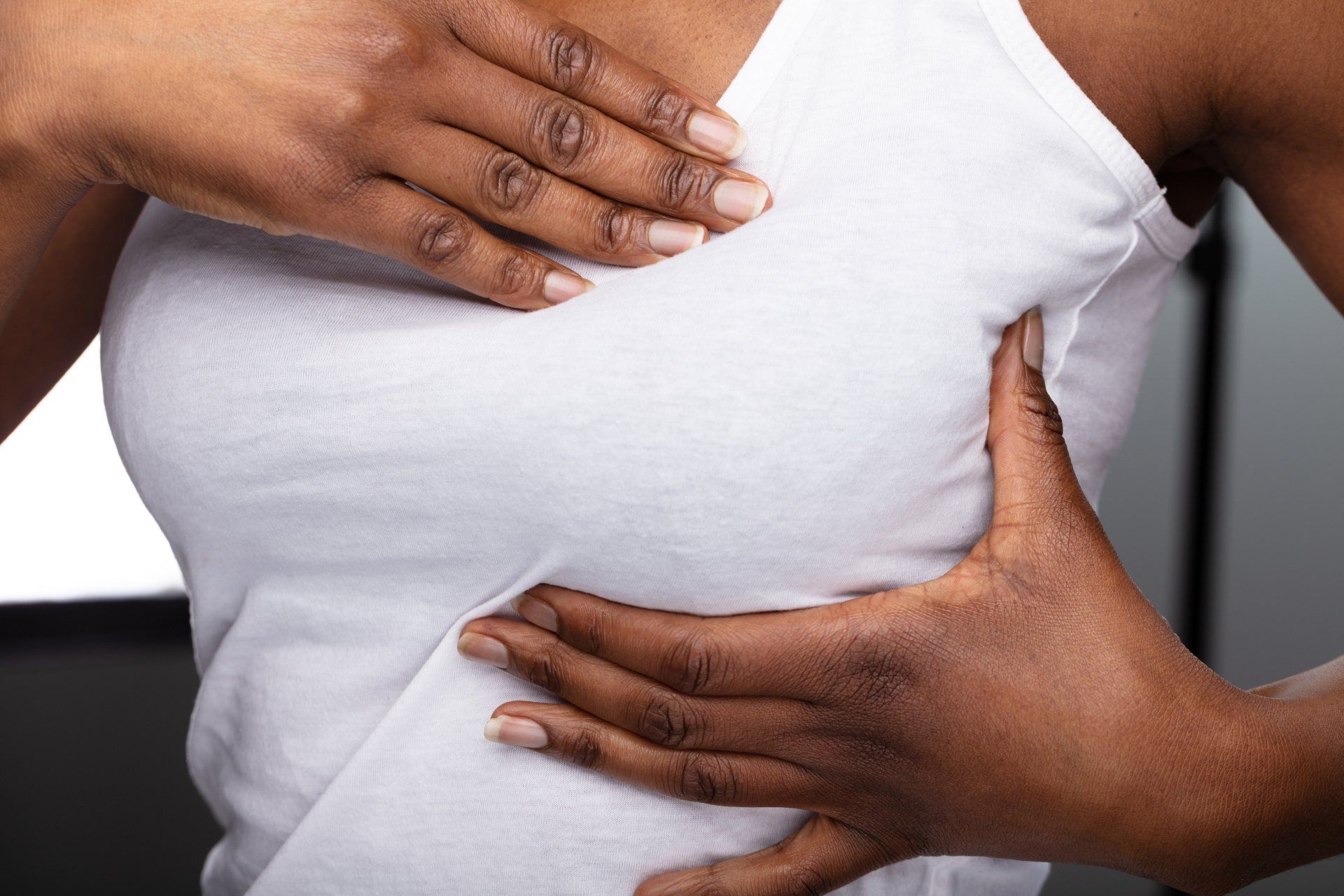
By Renée L. Quarterman, MD, FACS
•
22 Jul, 2019
When a diagnosis of breast cancer is made, there are three proteins on the cancer cell that are always evaluated. When they are present in any combination, a person’s treatment can include medication targeted to them. When all three proteins are absent, this is called triple negative disease. Triple negative breast cancer is a more aggressive form of breast cancer. It currently has no targets for treatment. These facts are the reasons why triple negative breast cancer tends to have poorer outcomes compared to other types of breast cancer. Research is ongoing about triple negative breast cancer and there is a lot of promise for treatment targets coming soon. The presence of triple negative breast cancer in the population is important to know. If we observe that the disease happens in one group of women more often than another, those women can be studied to learn more about how the disease develops. This can then lead to targets for treatment and improved outcomes for all women. The American Cancer Society’s journal Cancer recently published an article about triple negative breast cancer. Researchers evaluated a US cancer database of over 1.5million breast cancer cases identified between 2010 and 2014. Just over 8% of the cases were of the triple negative type. Compared to white women, non-Latina black women and Latina women had higher rates of triple negative breast cancer. Non-Latina black women had the highest rate of the disease among all groups. Women under 40 were also more likely to be diagnosed with this cancer type compared to women aged 50-64. Also, breast cancers diagnosed at advanced stages were more likely to be of triple negative type. This study gave an updated overview about triple negative breast cancer in the US. While the overall rate of the disease was lower than previously observed, the rates in non-Latina black and Latina women were significantly higher. This is one reason why these two groups of women have poorer outcomes from breast cancer. Dr. Quarterman has written about racial disparities in breast cancer as well as triple negative breast cancer in the past: https://breast360.org/news/2017/10/30/differences-breast-cancer-detection-and-outcomes/ https://breast360.org/news/2017/10/25/plant-based-treatment-for-tnbc/ https://breast360.org/news/2017/03/26/plant-based-substance-shows-potential-against-tnbc/ https://breast360.org/news/2018/12/20/a-promising-new-treatment-for-metastatic-triple-negative-breast-cancer/ https://breast360.org/news/2017/11/27/potential-treatment-triple-negative-breast-cancer/ https://breast360.org/news/2019/06/21/possible-new-targets-to-treat-triple-negative-breast-cancer/ https://breast360.org/news/2019/06/21/new-data-for-the-treatment-of-metastatic-triple-negative-breast-cancer/ https://breast360.org/news/2018/05/21/recommendations-do-not-account-for-ethnic/ We can use this information to push our efforts for screening mammography in our communities, particularly among women of color. Researchers can enroll non-Latina black and Latina women in studies to learn more about how they develop this disease. It is also important to note that women under age 40 were more likely to have this aggressive cancer type. Women under 40 are not routinely screened for breast cancer. This means that it’s important that a woman with a breast mass be fully evaluated, regardless of her age. RESOURCES: https://onlinelibrary.wiley.com/doi/10.1002/cncr.32207 https://www.medscape.com/viewarticle/915431

By Renée L. Quarterman, MD, FACS
•
22 Jul, 2019
Several studies have looked at the links between sleep and breast cancer. A recent study in the British Medical Journal examined the possible effects of being an early riser upon the risk of developing the disease. The investigators accessed two databases in the United Kingdom. Over 400,000 women were included. The women in these databases who described themselves as early risers had lower rates of breast cancer. While the results could be interpreted to mean that getting up early will reduce your breast cancer risk, that conclusion isn’t certain. First of all, these women reported that they were early risers. It is possible that their self-descriptions were inaccurate, or that their idea of early was actually the time that most people woke up anyway. Second, the study group was not ethnically diverse, so the results may not apply to all women. Third, these women’s lower breast cancer risk may not be from getting out of bed early. It’s possible that their early rising was simply a feature of a healthier lifestyle. Getting up early may have allowed them time to engage in exercise, make healthier meals or feel less stressed in general—all measures that are linked to lower breast cancer risk. Dr. Quarterman has written about the sleep-wake cycle and breast health. For more information, click here https://breast360.org/news/2017/10/09/nighttime-light-exposure-associated-breast-cancer/ https://breast360.org/news/2016/10/13/nighttime-length-and-quality-sleep-are-associated/ https://breast360.org/news/2019/04/22/early-risers-more-evidence-of-reduced-breast-cancer-risk/ This study doesn’t mean that you should become an early bird. But it contributes to the widely-held idea that length of sleep and other features of sleep quality play very important roles in breast health. RESOURCES: https://www.bmj.com/content/365/bmj.l2327 https://www.medscape.com/viewarticle/915586
© 2024
All Rights Reserved | Delaware Breast Care | Site by Infinity Medical Marketing






